Space mirrors. Artificial blizzards. Extraterrestrial dust. Underground carbon storage tanks. Ocean fertilization. The ideas sound like they’re straight out of science fiction novels but many people consider them our last-ditch hopes for averting climate disaster.
But there is a more road-tested tool for slowing climate change, one far less fantastic and vastly cheaper: trees.
Trees gather carbon from the air to fuel their growth, storing it within their roots, trunks, limbs, and surrounding soil. They’ve been doing it for hundreds of millions of years.
Globally, reforestation and improved forest management are the largest and most cost-effective land-based climate change mitigation strategies. In the United States, reforesting non-agricultural land and emphasizing carbon sequestration in privately-owned forests could offset approximately 11 percent of annual US emissions every year for 100 years. And that’s without impacting public infrastructure or cities.
Twelve aboriginal bands in north-central Washington, together comprising the Confederated Tribes of the Colville Reservation, are leading the way on climate-smart forestry. The Tribes’ conservation management practices prioritize carbon capture and ecosystem sustainability on nearly half a million acres of forest on their reservation.
Thanks to the Tribes’ stewardship, forests on the Colville reservation hold at least 14 million more tons of carbon dioxide than typical forests of similar size in the area, equivalent to a year of Oregon’s vehicle emissions. In 2017, the Tribes began selling credits for this carbon in California’s cap and trade carbon market, committing to keeping the carbon locked up in their forests for at least 100 years. Today they are the second-largest seller of carbon offsets in California’s market.
Cody Desautel, Natural Resources Director for the Colville Tribes, thinks more Pacific Northwest foresters would prioritize carbon sequestration if Oregon or Washington established its own carbon market and if payments reflected the true value of capturing atmospheric carbon.
Carbon drawdown from trees alone won’t solve the climate crisis—we also need to slash emissions. But given how close we are to the climate tipping point, we must do both to stabilize global temperatures. The Colville Tribes are at the leading edge of one of the most promising methods of carbon sequestration. Learning from their experience could help other foresters follow in their wake.
Climate conscious forestry
The giants of the Pacific Northwest—Douglas fir, western larch, red cedar, ponderosa pine and on—can accumulate enormous carbon stores in their massive structures if they have time to grow. Harvest frequency is the management decision with the largest impact on forest carbon storage. Most Cascadian foresters manage their stands on a 40-year cutting cycle, the timeframe optimal for highest income from timber sales.
Turning conventional practice on its head, the Colville Tribes use a 100-120 year cutting rotation, more than doubling carbon storage compared with forests under the more typical 40-year practice.
Though the Tribes lose income on the longer rotation, they believe the tradeoff is worth it. Forests that grow for a century or more yield a host of benefits in addition to carbon storage: better air and water filtration, improved wildlife habitat, and cultural preservation, just to name a few.
Along with extended rotations, the Colville Tribes employ additional practices that also boost forest health and carbon density. They cultivate a species balance similar to that of native forests, which can increase tree longevity and ecosystem resilience. In many cases, this requires growing and manually planting seedlings of native species, like ponderosa pine and western larch. Cody’s team also monitors pest infestation and wildfire risk to reduce tree mortality rates compared with unmanaged forests.
The carbon offset opportunity
In 2015, Finite Carbon, a carbon offset development firm, approached the Confederated Tribes with an idea: why not get paid for their climate-conscious forestry? They could do this by selling offsets on California’s carbon market.
California’s cap and trade program requires the state’s largest greenhouse gas emitters to purchase permits in proportion to their emissions. The cost of permits penalizes pollution, creating incentives to trim. The program includes two permit types: allowances and offsets. Of the two, allowances are far more common; in effect, they are nothing more than pollution permission slips. The number of allowances drops every year, raising the cost of climate-warming emissions, thus guiding the state’s economy towards efficiency and clean energy.
Offsets are slightly more complicated. Each offset represents avoided emissions from storing carbon or reducing other greenhouse gases, such as methane. The program treats offsets like environmental good deeds that cancel out harmful carbon emissions. California’s program allows polluters to cover up to 8 percent of their emissions with offsets. California’s market verifies offsets from six specific project types, with forest projects accounting for over three-quarters of the offsets issued to date.
The offset program presented the Colville Tribes with an opportunity to earn income for the massive additional carbon stores their managed forests contained. And so began the rigorous process of verification.
Carbon market gurus heatedly debate offsets. Some researchers fear offsets could have unintended consequences, that verification protocols aren’t sufficiently rigorous, or that projects will fail to sequester carbon for the long-term. To combat this, California’s offset protocols may be the toughest of any cap and trade program on the planet, requiring third-party verification and continuous monitoring.
On the flip side, offsets can offer benefits that allowances don’t. Good forest management enriches soil health, improves air and water quality, restores groundwater, controls flooding, and provides wildlife habitat. These side benefits support public and environmental health and boost ecosystem resilience in the face of climate change.
Carbon offsets can also provide new income streams for landowners, offering a means of revitalizing rural economies. To date, offsets sold on California’s carbon market have generated revenue for landowners in 35 states, including over $150 million in Washington and nearly $30 million in Oregon.
California’s Air Resources Board officially verified the first of the Colville Tribes’ offsets in late 2016. Cody says the Tribes could use the income from their offset sales to fund other tribal priorities and capital projects.
Pacific Northwest forests are carbon drawdown machines, waiting in the wings
Pacific Northwest forests already accumulate the equivalent of one-quarter of Oregon and Washington’s combined fossil fuel emissions every year. But revised management techniques could help Cascadia’s forests sequester even more, as the Colville Tribes have demonstrated in their eastern Washington forests.
Sequestration potential is even greater west of the Cascades, where forests can store up to 1,000 tons per hectare more carbon than those east of the mountains. Currently, much of Cascadia’s coastal forest land holds only about a third as much carbon as it could.
Longer rotations are the key to increasing forest carbon stores, but they typically mean financial loss. At today’s carbon prices—which hover around $13 per ton of carbon dioxide on California’s market—offsets don’t fully cover the loss, but some estimates show that increasing the price to $50 per ton would help Pacific Northwest foresters break even on some extended rotations.
Beginning in 2020, California will reduce the number of offsets polluters can purchase and require that at least half of the offsets sold on its market come from projects that directly benefit the state. Those changes will make it even harder for Cascadian foresters to sell offsets on California’s market.
Cody thinks there could be an appetite among Washington’s forest managers for a state carbon market, especially if it placed heavy emphasis on offsets. Raising the price of carbon could also build support from foresters by reducing the ratio of project revenue going toward compliance, helping make carbon projects an option for smaller landowners.
Oregon legislators considered establishing their own state carbon market via the 2019 Clean Energy Jobs Bill. Similar to California’s program, the proposal would have permitted polluters to cover up to 8 percent of emissions via offsets, primarily from improved forestry projects. The proposal received mixed responses from Oregon’s forest industry, despite the potential to create new income for foresters, as well as exempting the industry from emission caps and offering loggers rebates to cover increased fuel cost. Though the bill did not pass this session, due in part to a senate walkout, the state will likely see more action on climate policy later this year or next session.
In the absence of carbon market offsets, adequate incentive payments for forest managers committed to climate-smart forestry could also open the region’s natural carbon sinks.
Pacific Northwest forests could be key to stalling climate disaster. And activating their potential with attractive payments for carbon storage would be a heck of a lot easier than harnessing a meteor.
Margaret Morales is the lead researcher for Sightline’s Farms and Forests program. She received her Master’s from The University of British Columbia’s Institute for Resources, Environment, and Sustainability where she was a Bridge Fellow focusing on issues of public health and the environment. If you’d like to contact Margaret or request an interview, please contact Communications Manager Anne Christnovich.
Thank you to Cody Desautel, Natural Resources Director for the Confederated Tribes of the Colville Reservation, for sharing his story and reviewing a draft of this article.
Thank you also to Jordan Wildish, Project Director at Earth Economics and creator of the Carbon Offset Toolkit, and Dylan Jenkins, Finite Carbon’s Vice President of Portfolio Development, for offering feedback on a draft of this article.

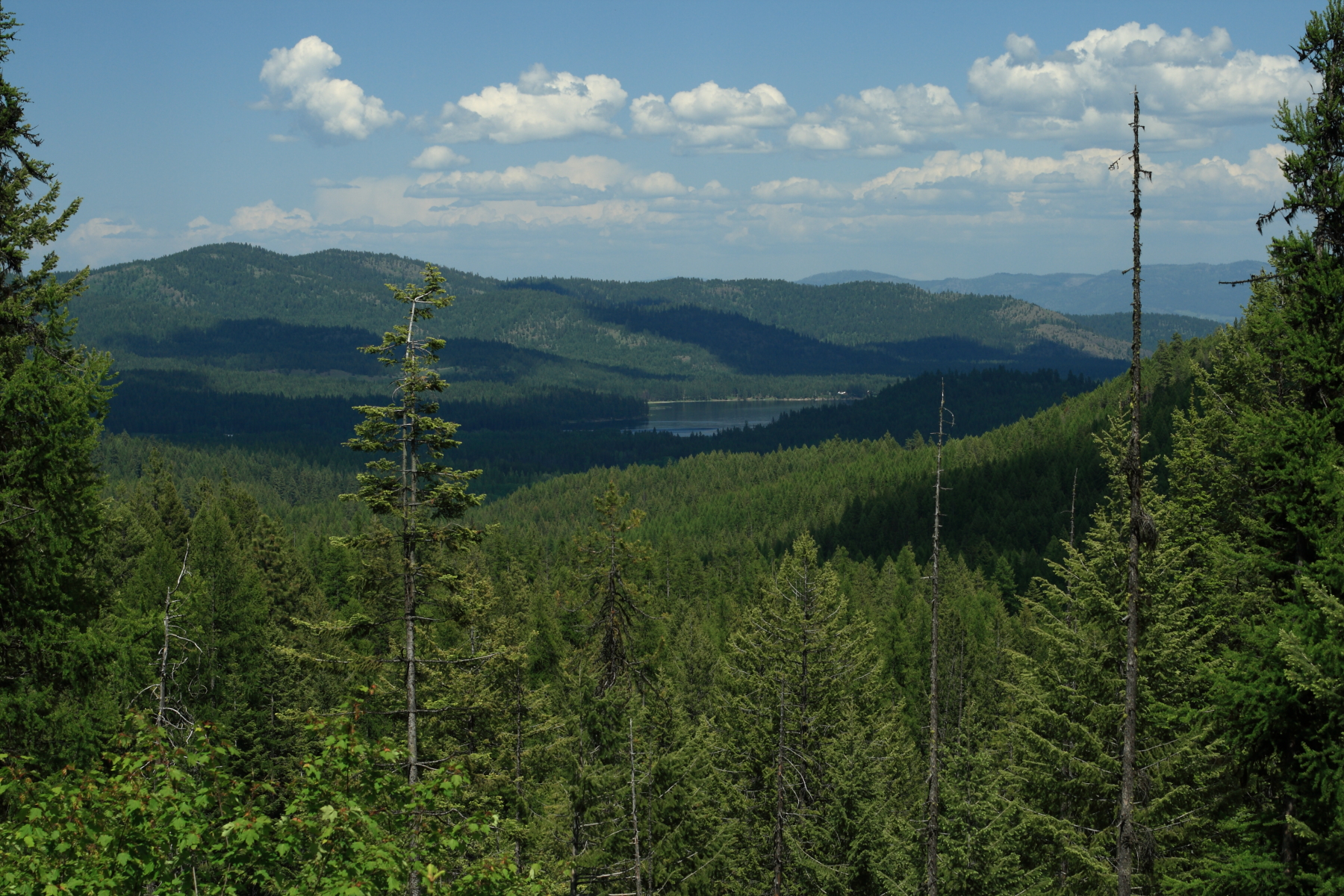
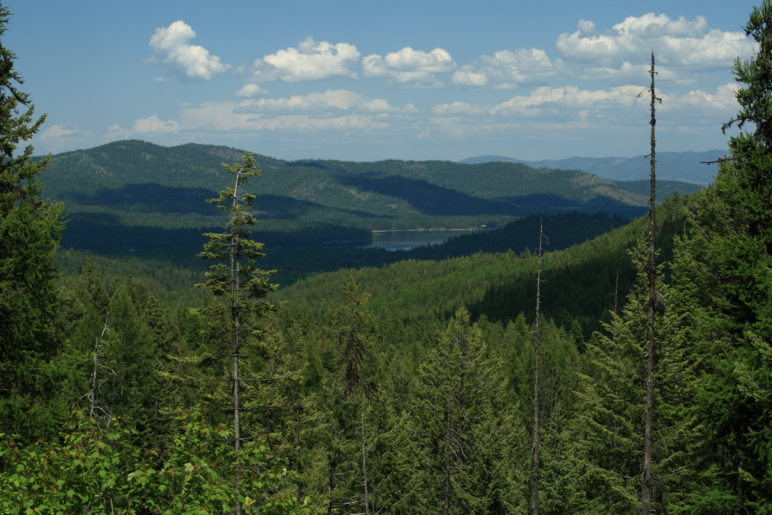

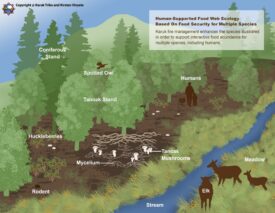
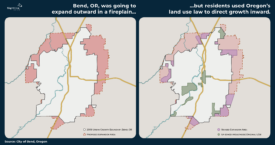

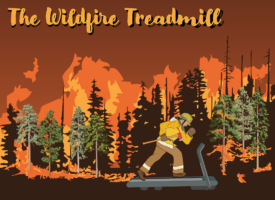
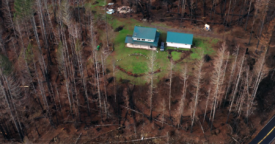

Steve Erickson
Rotations are longer in the dry forests eat of the Cascades. I simply can’t imagine anywhere east of the Cascades with a 40 year rotation.
On the west side rotation lengths advocated by industrial forest corporations (these are not foresters) have declined by about 50% from what they were using 30-40 years ago. Back then, they would aim at 60-80 years depending on site productivity. The reason its decreased is due to corporate greed, not science. The trees are not growing any faster. The real driver in determining rotation length is investment returns when the money from selling timber gets a better return on investment in widgets than the potential future return on just letting the tree grow longer.
Easiest ways to achieve much much greater forest Carbon sequestration 1) Increase required stream and wetland buffers by 200-300% over current Forest Practice Act requirements these functions as permanent set asides for wildlife, water quality, and Carbon sequestration. 2) Set minimum ages at which even age stands can be cut (80-120 years for the west Cascades), coupled with required low soil disturbance techniques, since most of the Carbon is in the soil; 3) Remove the existing loopholes allowing loss of forest to residential development and agriculture, with very limited exceptions.
On this last (conversion), I just spent a week reviewing how every county abutting Puget Sound and the Straits regulates conversions, particularly regarding critical areas. The entire system is mess. The easiest solution here is to integrate the Forest Practices Act into GMA and subject forestry to the same critical area protections, whether or not conversion is sought. Slightly off-topic, but there you go.